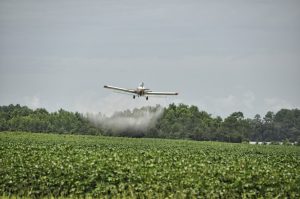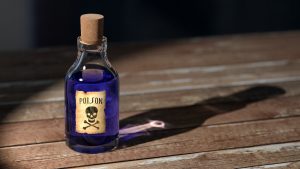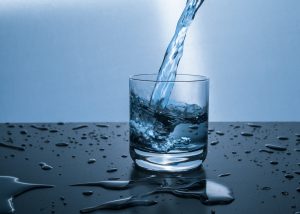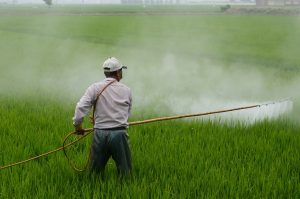 Pesticide Contamination Is Increasing
Pesticide Contamination Is Increasing
These days, it seems like the issue of pesticides in our water is making headline news on a daily basis. As one of the world’s largest food producers, pesticide use in the US continues to rise. And with that, comes a number of issues where pesticides are seeping through the soil and into our water supplies. These toxic chemicals are working their way into our water systems, contaminating our drinking water and causing a potential threat to our health and well-being.
The Environmental Protection Agency (EPA) is responsible for helping to keep our water supplies safe and free from contamination. The agency mandates the testing of public water supplies, but as we’ve learned these tests are not always accurate. Many who believed their drinking water was safe have found out that they may have been drinking contaminated water.
Is Your Water at Risk?
Well water can be an issue, especially since there are no government regulations to ensure its quality. While public water is tested regularly, well water is not. If your drinking water comes from a well, it is your responsibility to test your water throughout the year. More frequent testing is recommended if your well is shallow, cracked, poorly constructed, or unsealed. These conditions can allow your water to become contaminated by pesticides that have been absorbed by the soil.
Even if you have public water, you may want to test your water yourself if you doubt the accuracy of the test results from your water company. With a home testing kit from TestAssured, you can quickly and easily test your water for pesticides and get results in a matter of minutes. If you live in a farming community or an area that is often sprayed with pesticides, you are at greater risk for contamination.

Pesticide Health Concerns
As part of their task to keep our water safe, the EPA has set Maximum Contaminant Levels (MCL) for a variety of pesticides. While some amount of pesticides in our water is unavoidable, when the levels reach a certain limit, they can become harmful. The EPA has set limits for the most dangerous pesticide contaminants. On their National Primary Drinking Water Standards List, they include several chemicals commonly found in pesticides. These four chemicals on the list are popular ingredients in pesticides that are currently being produced:
| Pesticide | Dangers If Ingested |
|---|---|
| Benzene | MCL = 0.0005 mg/L, known to cause cancer |
| Endrin | MCL = 0.002 mg/L, known to cause liver, kidney, and heart damage |
| Hexachlorobenzene | MCL = 0.001 mg/L, known to cause cancer |
| Hexachlorocyclopentadiene | MCL = 0.05 mg/L, known to cause kidney and stomach damage |
These chemicals pose a number of health risks when they reach dangerous levels in our drinking water. The health effects of pesticides vary from immediate effects from short-term exposure to more serious effects from prolonged exposure. Both how long and how often you are exposed to the pesticide play a role in the level of toxicity.

Some of the most common symptoms associated with ingesting pesticides include diarrhea, nausea, vomiting, abdominal pain, and skin irritation. In high concentrations, the health effects can be much more serious, leading to cancer, central nervous system damage, liver damage, congenital disabilities, and genetic mutations.
Removing Pesticides from Water
If you are concerned about pesticides in your water, there are measures you can take to reduce your risks of drinking contaminated water. Drinking bottled water is one option, but it may not be as convenient for things like brushing your teeth or cooking. Filtration is an alternative that allows you to still use your tap water but can help remove dangerous contaminants.
One of the most effective filtration systems to remove pesticides uses activated carbon. Activated carbon filtration systems are easy to use and relatively inexpensive. They work by passing the water through a coal or charcoal filter. Contaminants like pesticides stick to small particles of the filter as water passes through. Keep in mind that these filters need to be changed regularly to be effective.
Another option to remove pesticides from your water is reverse osmosis. A reverse osmosis system works by pushing the water through a membrane. The membrane allows water molecules to pass through but blocks pesticides and other particles. The membranes do need to be replaced periodically, but not as frequently as active carbon filters.
Take Action Today
While pesticides in our water are a very serious concern, there are a number of ways we can take action. The first is to know what is in your water by testing it. You don’t have to rely on the annual results provided by your water company; you can test it on your own as often as you’d like. The second step you can take to prevent pesticide poisoning is to filter your water. Whether you go with an active carbon filter or reverse osmosis, you can test your filtered water to make sure you and your family always have safe quality water.



 Pesticide Contamination Is Increasing
Pesticide Contamination Is Increasing